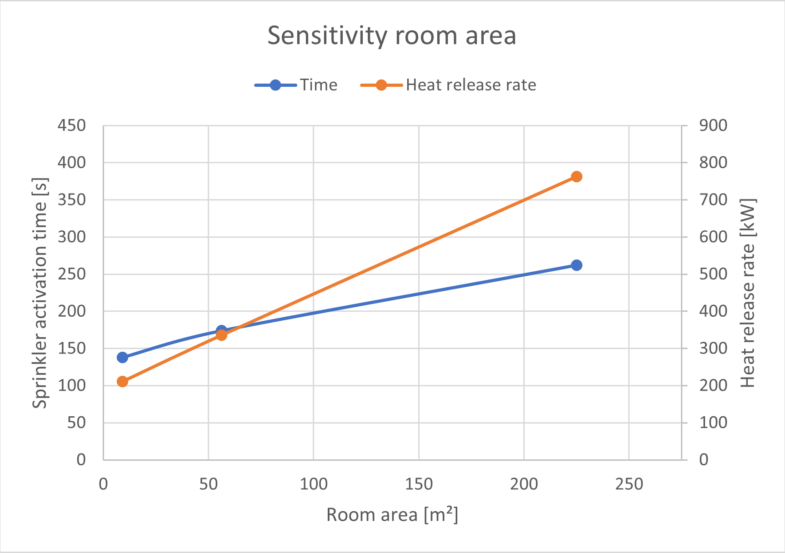Heat transfers from a body with a high temperature to a body with a lower temperature. When heat transfer occurs between bodies that are not in direct physical contact with each other or separated in space, the phenomenon is called heat radiation. Unlike conduction and convection, heat transfer by thermal radiation does not necessarily need a material medium for energy transfer.

Radiation Emitted
A surface that absorbs all incident radiation and reflects none is called a black surface or black body. The Stefan-Boltzmann law of thermal radiation for black body states that the rate of radiation emerging from the surface per unit area is proportional to the fourth power of the temperature of the body:

Where:

A black body is a perfect radiator. Real bodies, however, do not act as a perfect radiator and emit at a lower rate. To consider the real nature of the radiant bodies, a factor called emissivity is introduced. Then, the radiation emitted per unit area is given by:
Configuration Factors
A view factor or configuration factor is a geometrical relationship between two surfaces. It is defined as the fraction of radiation leaving one surface which is intercepted by the other surface. Appendix D of the SFPE handbook provides several configuration factors. A couple of configuration factors are given in Table 1.

I also have published 3 Python scripts to calculate configuration factors in a previous blog post. You can find the scripts here: https://jabirjamal.com/2021/07/python-scripts-for-radiation-calculations/
Radiation Received
By introducing configuration factor, the radiation received at the incident surface is calculated as:

Ignition Due to Incident Radiation
The heat flux impinging on the combustible material will cause it to heat up.
For thin materials such as curtains, the heat flux required for ignition is around 10 kW/m2. For thick materials, the value could be high as 40 kW/m2.
Tenability Criteria for Occupants
The tenability limit of exposure of skin to radiant heat is approximately 2.5 kW/m², which corresponds to the source temperature of approximately 200°C. Below this incident heat flux level, exposure can be tolerated for 30 minutes or longer without significantly affecting the time available for escape. Above this threshold value, the time to the burning of skin due to radiant heat decreases rapidly according to the following equation with an uncertainty of +/- 25%:

Where:

Tenability criteria for firefighters
When the conditions in a fire environment exceed the search and rescue activities will cease. Australasian Fire and Emergency Service Authorities Council Limited (AFAC) provides guidelines on firefighters’ tenability criteria. As per the guidelines, incident radiation and air temperatures are significant factors that affect firefighters and their equipment. This is summarised in Table 2.

References
- Fire safety engineering — CIBSE Guide E
- NFPA 130 — Standard for fixed guideway transit and passenger rail systems
- Chapter 3 – Radiation heat transfer, Nonlinear Systems in Heat Transfer, 2018
- Fire Brigade Intervention Model Manual, AFAC





